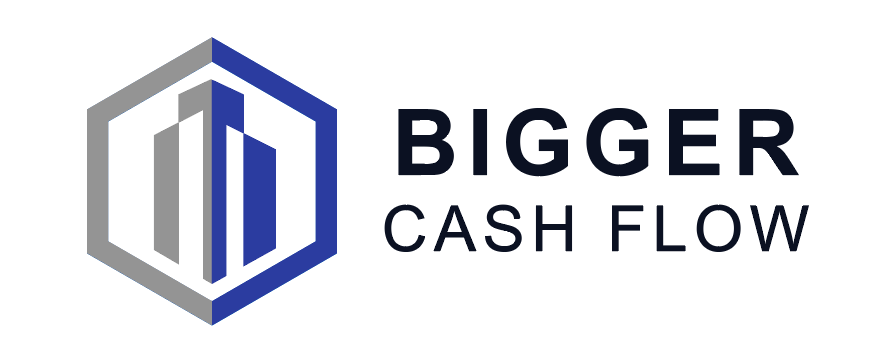Book Review 012: Rich20Something by Daniel DiPiazza
/In his book, "Rich20Something", Daniel DiPiazza discusses how he left a low-paying job he despised, became a millionaire entrepreneur and wrote this book in his 20s. He provides actionable tips on how each reader can create their own success by leveraging their talents and following the "Go! factor" recipe for success.
Main Ideas:
You no longer have to pay your dues.
The game has changed – and you can make your own rules.
Money is easy, thanks to the Internet.
Writing and sharing valuable digital content is an excellent way to build your brand.
Use “nonlinear networking” to cultivate contacts who can help you achieve your goals.
While working at a chain steakhouse restaurant scooping butter for $2.17 an hour, Daniel DiPiazza knew that he needed to find a more meaningful job that also had a scalable pay structure. In 2011, after earning $10,000 from only working five hours, he soon launched three consulting companies worth $100,000 each without any start up capital. DiPiazza tells us that by disowning any limiting beliefs and unlocking our own potential, we can drastically improve our life and career.
Here are "three new truths" that he shares with all readers:
1. “You No Longer Have to Pay Your Dues”
The great Jim Rohn once said, "You don't get paid by the hour. You get paid for the value you bring to the hour. You may often hear people in your circle say, "that's too risky" or "you can't do that". Well, if every entrepreneur and successful business person agreed with those words, they would have never gotten started. Times have changed since the days where going to college and working 30-40 years moving up the corporate ladder is viewed as "stable".
We saw in 2008 where many W2 workers, both blue and white collar lose their jobs when the economy tanked. Having a job is no longer "safe", nor should you equate "butt time" (sitting down at your desk working for the man) with experience. DiPiazza challenges the readers to be creative in how we identify and leverage our skills. As film, TV and video game producer Jace Hall explains, “you do not have to pass through point B to travel from point A to point C.” In this “generation of hackers,” be original.
2. “The Game Has Changed – and You Can Make Your Own Rules”
Whether you realize it or not, there are many successful people who have identified the new game and have started to make their own rules. This game allows people to leverage other people's time, knowledge, and money to reach their own goals. The rules of the game are not taught in college, in fact, college teaches us to become better workers, when we are no longer in the industrial age, we are in the information age. To play the game to your advantage, embrace the most valuable tool there is: knowledge. Knowledge comes from thinking outside the box, believing in yourself and knowing how to persevere.
Be the person who can identify a challenge in different environments and offer solutions to the problem. Becoming a critic is easy, execution is hard. DiPiazza tells us to consider taking on broadening experiences such as these, in lieu of or in addition to college: Explore the world, establish a business, volunteer, learn a foreign language, create art, play a competitive sport, master something you love or write a book. You’ll need to do something that excites you and that you can leverage for success.
3. “Money Is Easy, thanks to the internet”
The internet has certainly connected us, and it has also made starting business with little to no capital fairly attainable. Back in the 1800-1900s, money was tight; the coal, steel and oil barons controlled the markets; and women and minorities weren’t part of the equation. Today, although common wisdom holds that making money is difficult, money is really everywhere. People can earn income doing things with little risk and big reward, thanks to the Internet. For example, you can start a blog using free software, or buy and sell products around the globe.
As mentioned previously, execution is the most difficult challenge entrepreneurs will face. If you’re good with managing your time, your persistence will pay off. DiPiazza tell us to break big goals into bite size chunks. For example, to make $1,000,000 in a year, you need to generate approximately $2,700 daily. Think of how many people you can help each day. You could bring in $1 each from 2,700 people – or $10 each from just 270 customers. Determine what you can offer and at what price.
By leveraging these three main concepts, we can break from the status quo and realize that others people's success can become our success. Instead of resenting the people on social media who seem to have everything you want, go network with them and figure out how you can recreate the same success. It’s not about the money, but the choices that having money will be able to give you.
Do you want to be able to retire your parents? Would you like to take two months to travel around Europe? Do you like to volunteer and build homes in rural areas? If you are focused on climbing the corporate ladder and paying the bills, you will not be able to see the things around you, the things that make you passionate, the things that fulfill you. Whatever season you are at in life, remember that conventional wisdom is no longer "safe" and that its not what you know, but what you think you know that may prove to be an obstacle in reaching your goals.
Hope you enjoy this book!
Click below to get your own copy. See our affiliate disclosure here














